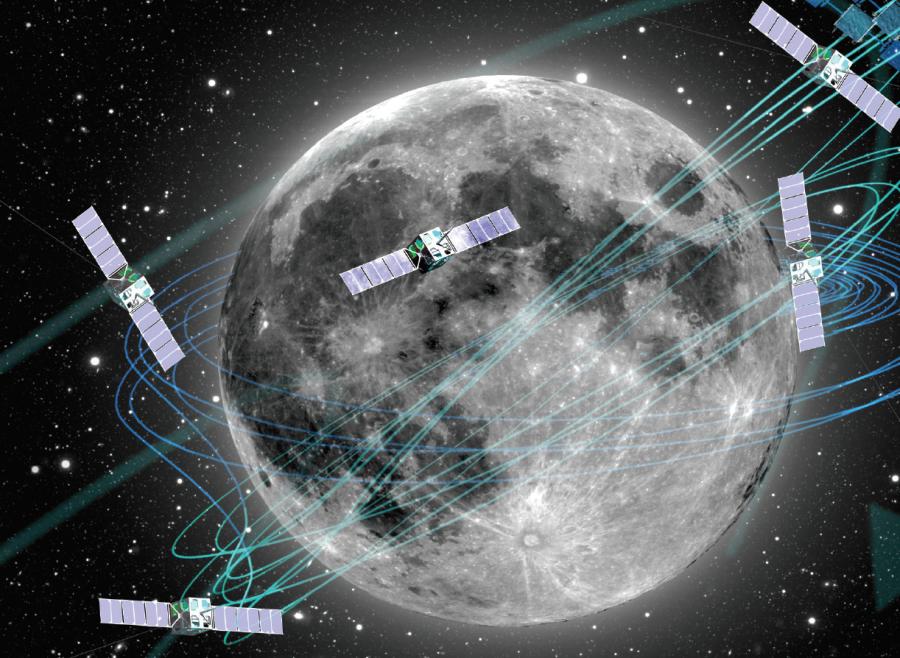MSc thesis project proposal
Distributed correlators for interferometry
Assignment
Sky maps in terrestrial radio astronomy are made by measuring the Fourier transform of the measured coherence function, where the coherence function is the correlation product between spatially separate antenna signals which are averaged over an integration period. Such a system is conventionally implemented by terrestrial correlators using a centralized architecture, which populates signals from various antennas using fiber-optical cables.
However, for larger terrestrial arrays with hundreds of antennas, or for space-based arrays (e.g., OLFAR) a distributed solution is preferred. In contrast to terrestrial arrays, satellites must communicate the measured astronomical signals wirelessly to each other, and estimate the coherence function in a distributed scheme. The proposed distributed solution is an necessity to ensure single-point of failure (SPOF), but also to minimize both processing and communication energy on resource constrained satellites. How can such distributed correlators be designed? Can state-of-the-art distributed algorithms e.g., asynchronous variants of distributed optimization tools (e.g., ADMM), distributed consensus-based algorithms (e.g., gossip), and graphical model-based algorithms be exploited ?
Requirements
A self-motivated student with a strong background in linear algebra and statistical signal processing. In addition, a student with strong interest or experience in distributed signal processing is preferred. Advanced coding skills in MATLAB and Python (or R) is required. Strong written and verbal communication skills in English is mandatory. The expected project duration is about 9 to 12 months.
Contact
dr. Raj Thilak Rajan
Signal Processing Systems Group
Department of Microelectronics
Last modified: 2024-01-18
